Home>Home Appliances>Cleaning Appliances>How To Throw Out A Vacuum Cleaner In NYC
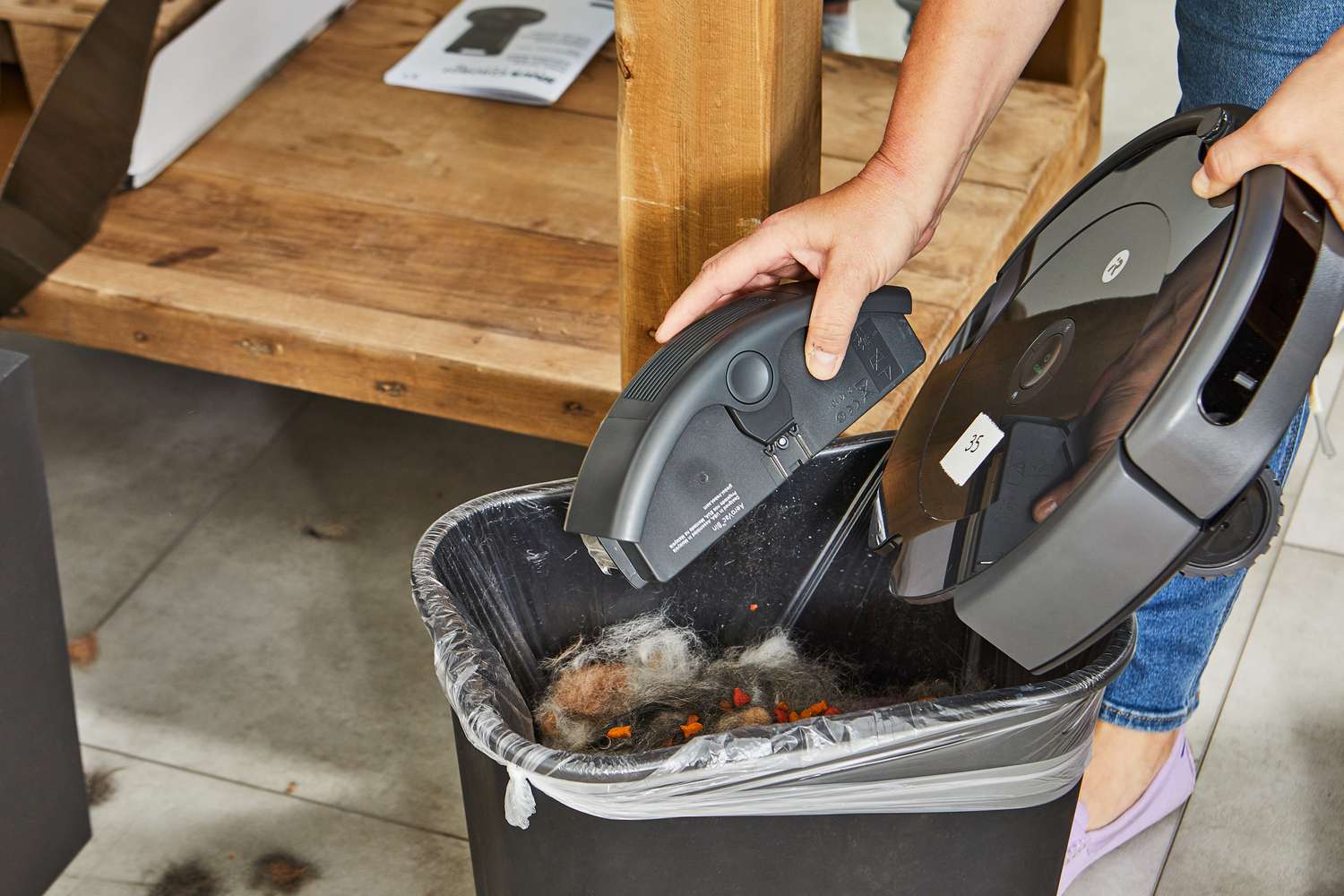

Cleaning Appliances
How To Throw Out A Vacuum Cleaner In NYC
Modified: February 25, 2024
Learn the proper way to dispose of a vacuum cleaner in NYC. Find out the guidelines and regulations for cleaning appliances disposal.
(Many of the links in this article redirect to a specific reviewed product. Your purchase of these products through affiliate links helps to generate commission for Storables.com, at no extra cost. Learn more)
Introduction
Introduction
When it comes to maintaining a clean and organized living space, a reliable vacuum cleaner is an indispensable tool. However, there comes a time when a vacuum cleaner reaches the end of its lifespan, and disposing of it responsibly becomes necessary. If you reside in New York City (NYC), it’s crucial to understand the regulations and best practices for discarding household appliances, including vacuum cleaners. This comprehensive guide will walk you through the process of responsibly disposing of a vacuum cleaner in NYC, covering recycling options, donation opportunities, and the relevant regulations. By the end of this article, you’ll have a clear understanding of the steps to take when bidding farewell to your old vacuum cleaner in the bustling city of NYC.
Understanding NYC Regulations
Key Takeaways:
- Dispose of your old vacuum cleaner in NYC by scheduling a pickup with the Department of Sanitation or using designated drop-off locations to ensure proper and lawful disposal, contributing to a cleaner and safer environment for all residents.
- Consider recycling or donating your vacuum cleaner in NYC to support environmental sustainability and community welfare, contributing to the conservation of resources and the reduction of landfill waste while extending the appliance’s usefulness.
Read more: How To Throw Out A Mattress In NYC
Understanding NYC Regulations
Before embarking on the journey of parting ways with your vacuum cleaner, it’s essential to familiarize yourself with the regulations set forth by the New York City Department of Sanitation (DSNY). In NYC, the disposal of large household appliances, including vacuum cleaners, is subject to specific guidelines to ensure environmental sustainability and public safety.
According to NYC regulations, household appliances such as vacuum cleaners are categorized as “bulk items.” The DSNY mandates that bulk items must be scheduled for collection to prevent them from being left on the curb as unsightly and potentially hazardous debris. This regulation aims to maintain the cleanliness and aesthetics of the city streets while preventing potential safety hazards caused by unattended bulk items.
When disposing of a vacuum cleaner in NYC, it’s crucial to schedule a pickup with the DSNY to ensure proper and lawful disposal. Failure to adhere to these regulations may result in fines or penalties, emphasizing the importance of compliance with the city’s waste management protocols.
Furthermore, it’s imperative to consider the environmental impact of improperly discarding household appliances. Vacuum cleaners often contain components that can be harmful to the environment if not disposed of correctly. By following the established regulations, you contribute to the city’s sustainability efforts and help mitigate the environmental impact of discarded appliances.
Understanding and complying with NYC regulations regarding the disposal of vacuum cleaners not only ensures legal adherence but also demonstrates a commitment to environmental responsibility. With this knowledge in mind, you can proceed with the disposal process confidently, knowing that you are contributing to a cleaner and greener NYC.
Disposing of Vacuum Cleaners in NYC
Disposing of Vacuum Cleaners in NYC
When it’s time to bid farewell to your trusty vacuum cleaner in New York City (NYC), navigating the disposal process efficiently and responsibly is essential. The first step in this journey involves understanding the designated methods for discarding household appliances, specifically vacuum cleaners, in compliance with NYC regulations.
To initiate the disposal process, residents of NYC can schedule a bulk item pickup with the New York City Department of Sanitation (DSNY). This entails arranging for the collection of the vacuum cleaner from your residence, ensuring its proper removal and disposal in accordance with city guidelines. Scheduling a pickup not only facilitates the lawful disposal of the appliance but also helps maintain the cleanliness and aesthetics of the city streets.
Alternatively, if you are unable to schedule a bulk item pickup or prefer an expedited disposal method, you can explore the option of delivering the vacuum cleaner to a designated disposal site. NYC offers various drop-off locations where residents can responsibly discard bulk items, including household appliances, streamlining the disposal process for those seeking immediate removal of their vacuum cleaners.
It’s important to note that when disposing of a vacuum cleaner in NYC, certain preparatory measures should be taken to ensure safe and efficient removal. These may include securely packaging any detachable components, such as power cords and attachments, to prevent potential hazards during transportation and handling. Additionally, cleaning the vacuum cleaner before disposal can help minimize environmental impact and streamline the recycling process for applicable components.
By familiarizing yourself with the approved methods for disposing of vacuum cleaners in NYC and adhering to the established protocols, you can navigate the disposal process seamlessly while upholding environmental and regulatory standards. Whether opting for a scheduled pickup or utilizing designated drop-off locations, taking the necessary steps to responsibly part ways with your vacuum cleaner contributes to a cleaner and safer environment for all NYC residents.
Recycling Options
When throwing out a vacuum cleaner in NYC, you should schedule a bulk item pickup with the Department of Sanitation or drop it off at a designated e-waste recycling center to ensure proper disposal.
Recycling Options
When it comes to disposing of a vacuum cleaner in New York City (NYC), exploring recycling options presents an environmentally conscious and sustainable approach to parting ways with this household appliance. Recycling not only diverts materials from landfills but also contributes to the conservation of valuable resources and the reduction of environmental impact.
In NYC, residents can take advantage of various recycling programs and initiatives aimed at responsibly managing household appliances, including vacuum cleaners. When considering recycling options, it’s essential to prioritize the extraction and repurposing of valuable materials from the vacuum cleaner, such as metal components, plastics, and electronic elements, to minimize waste and promote resource efficiency.
One avenue for recycling a vacuum cleaner in NYC involves leveraging the services of authorized e-waste recycling facilities. These specialized facilities are equipped to handle electronic waste, including components of vacuum cleaners, ensuring that materials are processed and repurposed in accordance with environmental regulations and sustainability standards.
Additionally, some manufacturers and retailers offer recycling programs for household appliances, providing a convenient and environmentally friendly solution for disposing of old vacuum cleaners. These programs often facilitate the collection and recycling of appliances, promoting the responsible management of materials and the reduction of environmental impact through sustainable practices.
Furthermore, residents of NYC can explore community recycling events and initiatives that focus on electronic waste, providing opportunities to responsibly discard vacuum cleaners and other household appliances. These events are designed to raise awareness about the importance of electronic waste recycling and offer accessible avenues for residents to contribute to environmental sustainability through proper disposal methods.
By opting for recycling as a means of disposing of a vacuum cleaner in NYC, you actively contribute to the city’s sustainability efforts and promote the responsible management of electronic waste. Embracing recycling options not only aligns with environmental stewardship but also supports the conservation of resources and the reduction of landfill waste, fostering a cleaner and more sustainable urban environment for current and future generations.
Donating or Selling Your Vacuum Cleaner
Donating or Selling Your Vacuum Cleaner
When it’s time to part ways with a vacuum cleaner in New York City (NYC), exploring the option of donating or selling the appliance presents an opportunity to extend its usefulness while contributing to community welfare and sustainability. Donating or selling a vacuum cleaner allows you to pass on a functional appliance to someone in need or provide an affordable and eco-friendly alternative to purchasing a new unit.
Donating a vacuum cleaner in NYC can be a meaningful way to support charitable organizations, shelters, or community centers that accept household appliances. By donating a gently used vacuum cleaner, you can directly impact the lives of individuals and families in need, empowering them with a valuable tool for maintaining a clean and healthy living environment.
Additionally, selling a vacuum cleaner through online platforms or local resale channels offers a sustainable and cost-effective option for individuals seeking affordable appliances. By extending the lifespan of the vacuum cleaner through resale, you contribute to the circular economy and reduce the environmental impact associated with the production and disposal of household appliances.
Furthermore, some community organizations and thrift stores in NYC welcome donations of household appliances, including vacuum cleaners, to support their initiatives and provide affordable options for community members. By choosing to donate the appliance to these organizations, you contribute to the promotion of reuse and sustainable consumption, aligning with the principles of environmental responsibility and community support.
Before donating or selling a vacuum cleaner, it’s important to ensure that the appliance is in good working condition and that all necessary components, such as attachments and power cords, are included. Cleaning the vacuum cleaner before donation or sale enhances its appeal and functionality, increasing the likelihood of benefiting others while reducing unnecessary waste.
By considering the option of donating or selling your vacuum cleaner in NYC, you actively participate in sustainable consumption practices and contribute to the well-being of your community. Whether supporting charitable causes through donations or providing affordable options through resale, your decision to extend the life of the appliance reflects a commitment to environmental stewardship and social responsibility.
Conclusion
Read more: How To Get Bad Smell Out Of Vacuum Cleaner
Conclusion
As residents of New York City (NYC), responsibly disposing of household appliances such as vacuum cleaners is not only a regulatory obligation but also an opportunity to contribute to environmental sustainability and community welfare. By understanding the regulations set forth by the New York City Department of Sanitation (DSNY) and familiarizing yourself with the available disposal options, you can navigate the process of parting ways with a vacuum cleaner with confidence and conscientiousness.
Whether scheduling a bulk item pickup with the DSNY, utilizing designated drop-off locations, or exploring recycling initiatives, the disposal of a vacuum cleaner in NYC can align with principles of environmental responsibility and resource efficiency. Embracing recycling options not only diverts materials from landfills but also promotes the conservation of resources and the reduction of environmental impact, contributing to a cleaner and more sustainable urban environment.
Furthermore, considering the option of donating or selling a vacuum cleaner presents an opportunity to extend the appliance’s usefulness while supporting community welfare and sustainable consumption practices. By donating the appliance to charitable organizations or offering it for resale, you actively participate in the circular economy and contribute to the well-being of individuals and families in need.
As you embark on the journey of bidding farewell to your old vacuum cleaner in NYC, remember that your actions can make a meaningful difference in promoting environmental stewardship and community support. By adhering to regulations, exploring recycling options, and considering donation or resale, you play a vital role in fostering a cleaner, greener, and more compassionate city for all residents.
Ultimately, the responsible disposal of a vacuum cleaner in NYC is not merely a task but an opportunity to demonstrate your commitment to environmental sustainability and community well-being. By embracing sustainable practices and conscientious decision-making, you contribute to a brighter and more sustainable future for NYC and beyond.
Frequently Asked Questions about How To Throw Out A Vacuum Cleaner In NYC
Was this page helpful?
At Storables.com, we guarantee accurate and reliable information. Our content, validated by Expert Board Contributors, is crafted following stringent Editorial Policies. We're committed to providing you with well-researched, expert-backed insights for all your informational needs.
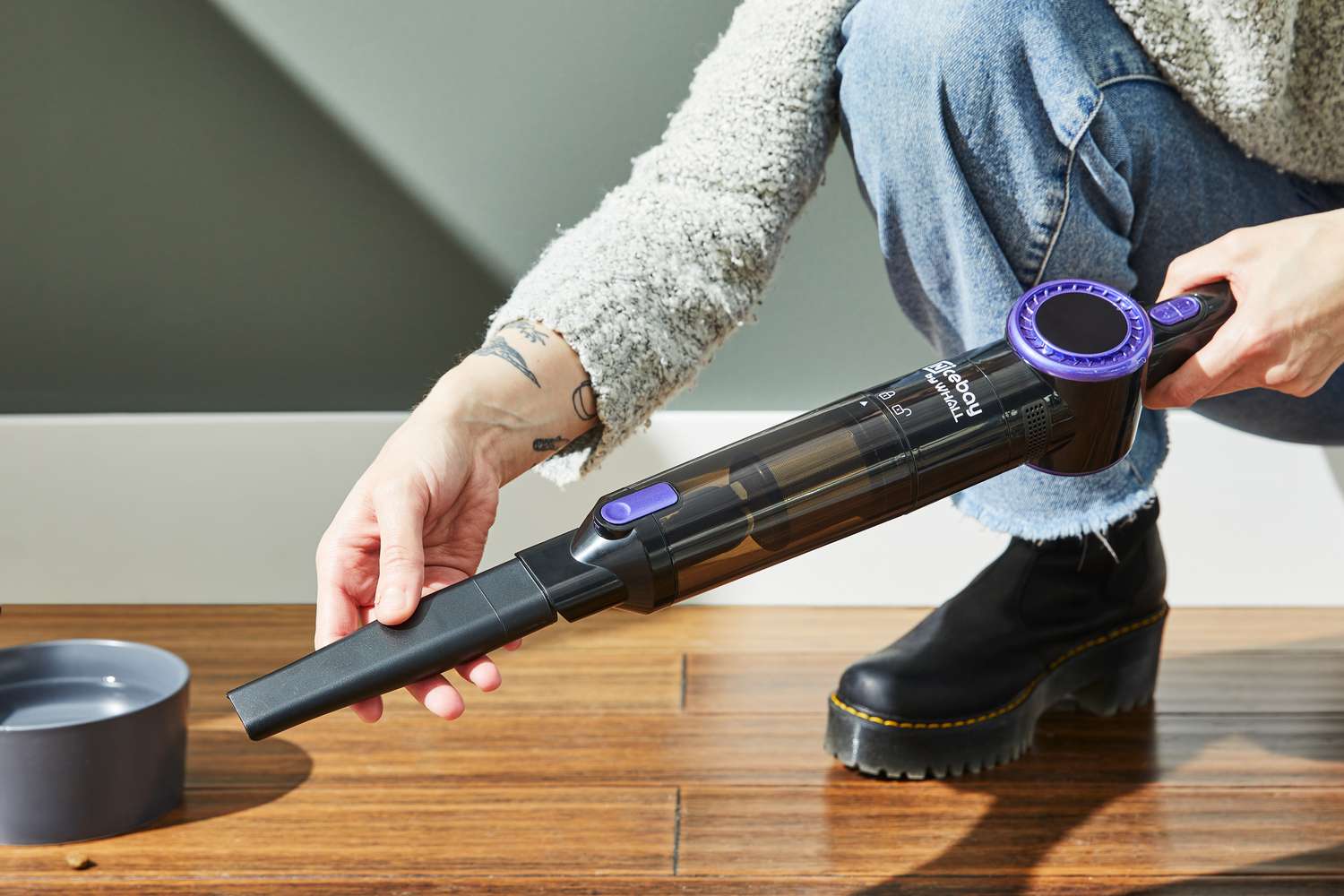
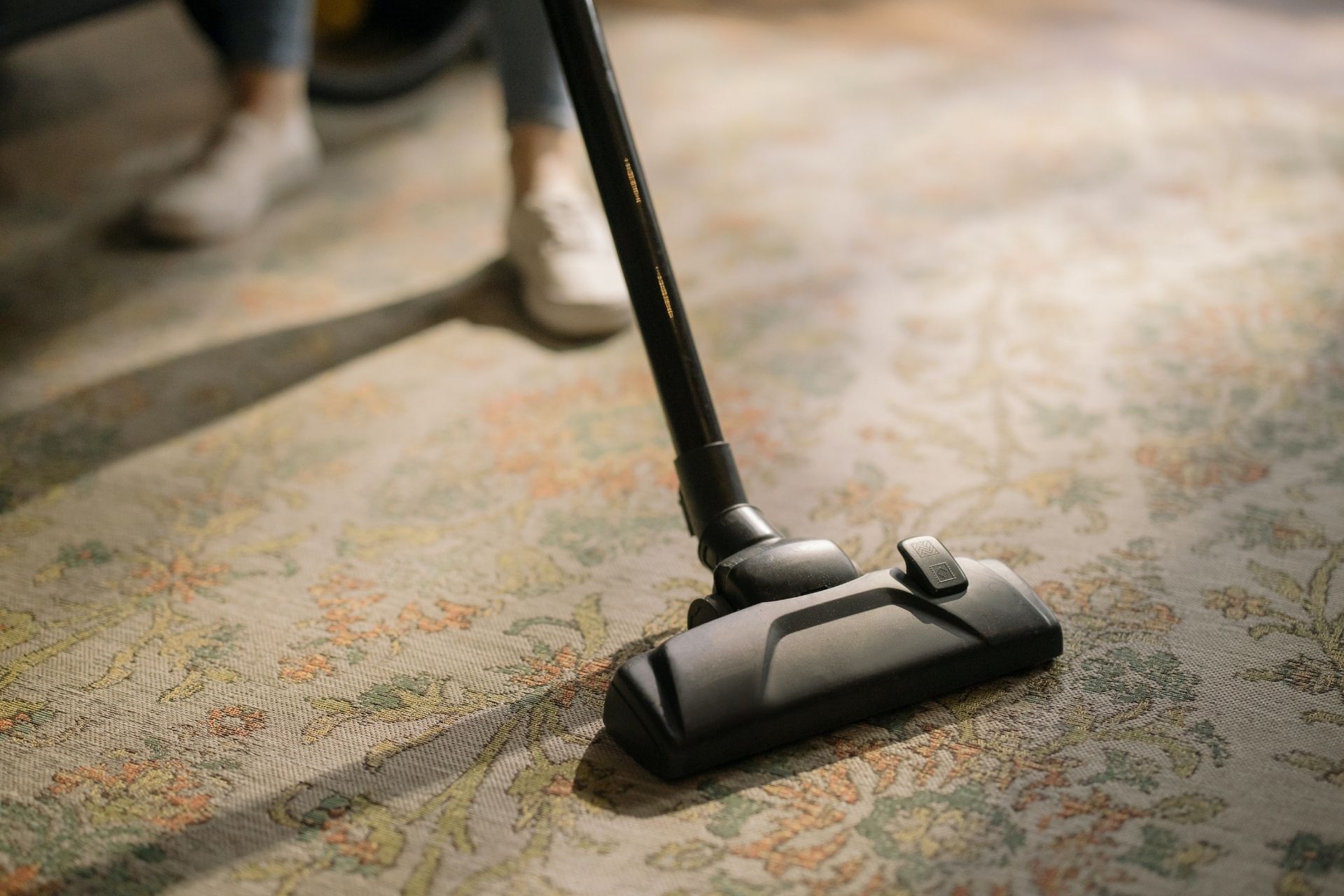
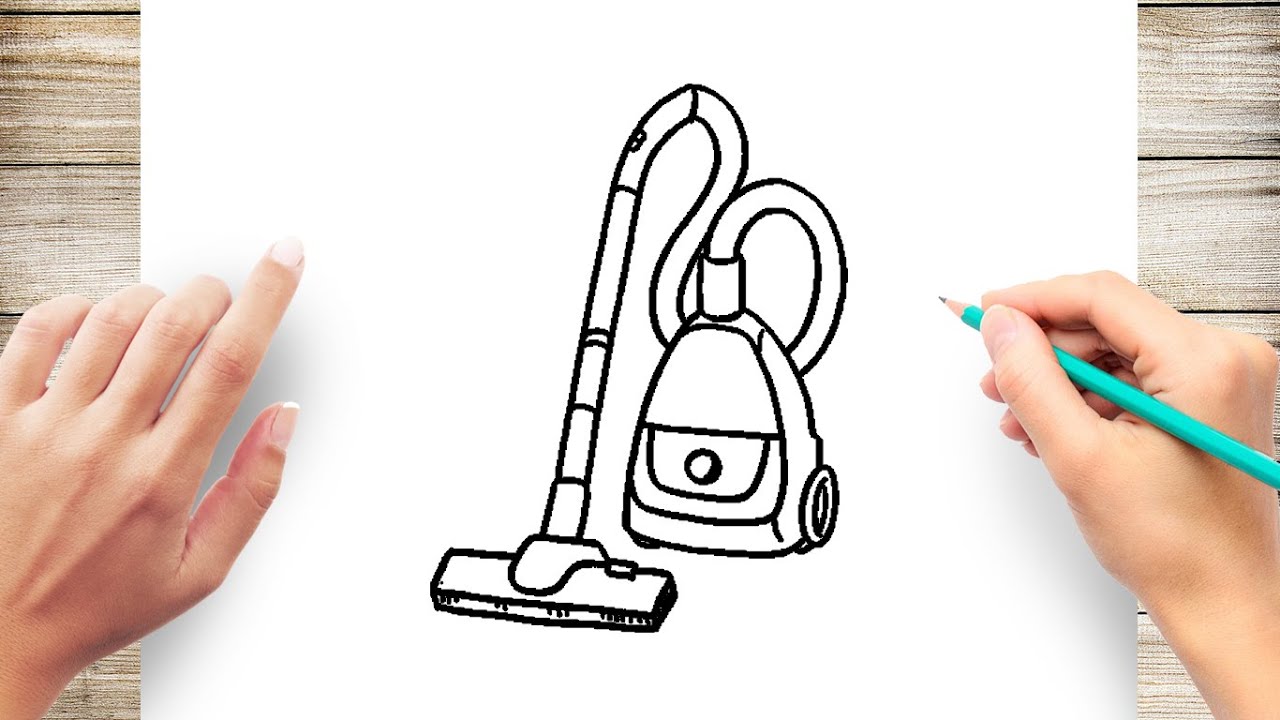
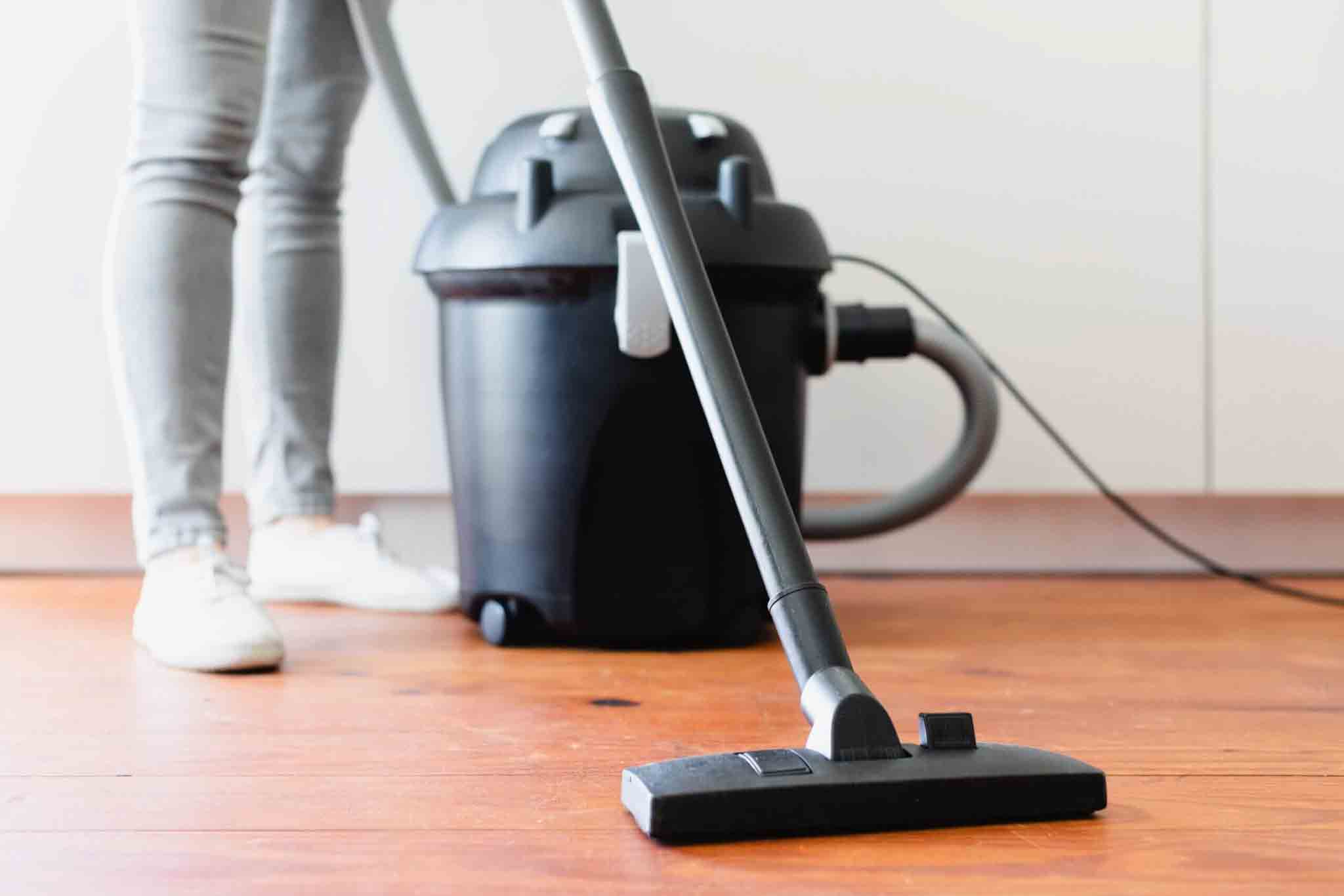
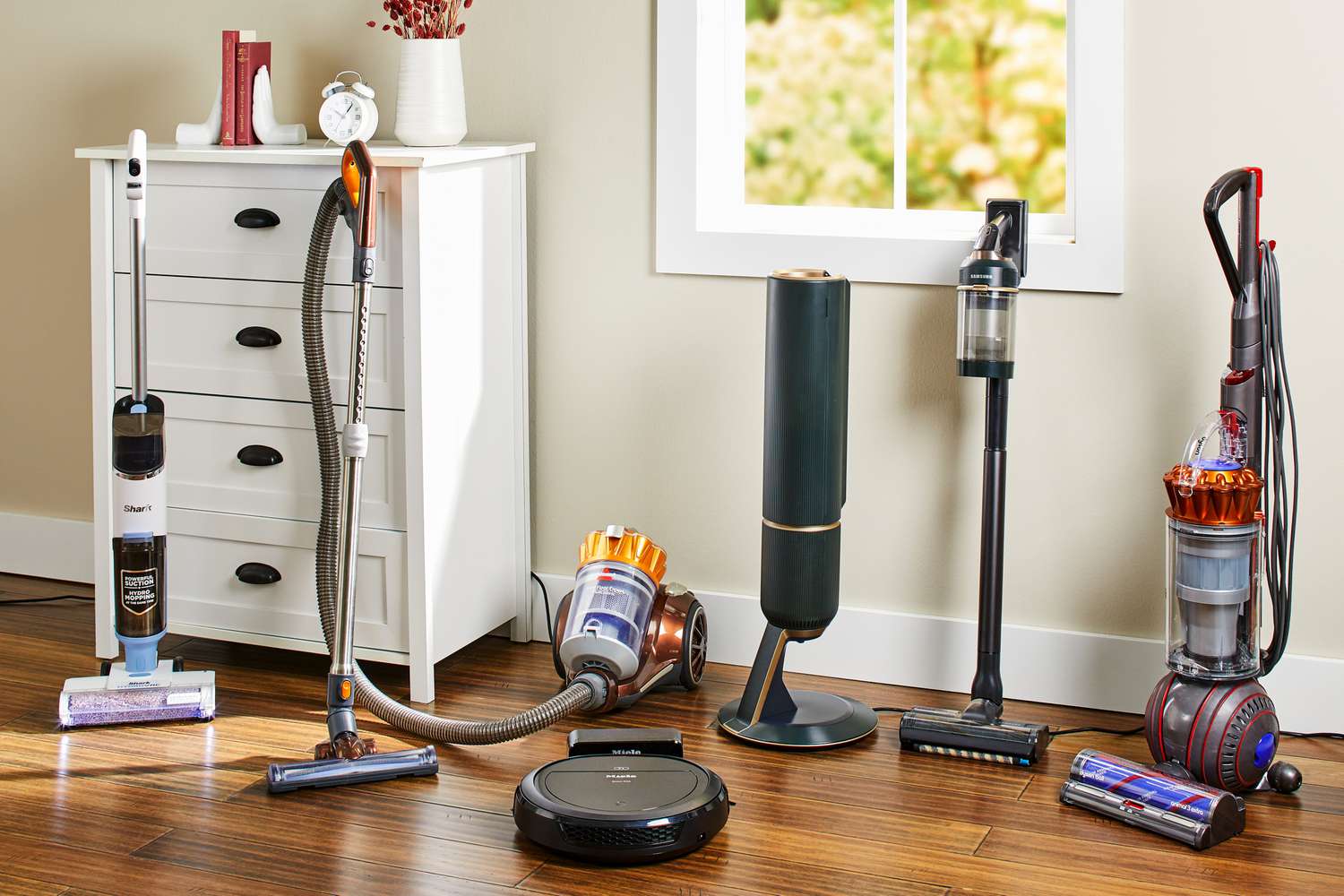
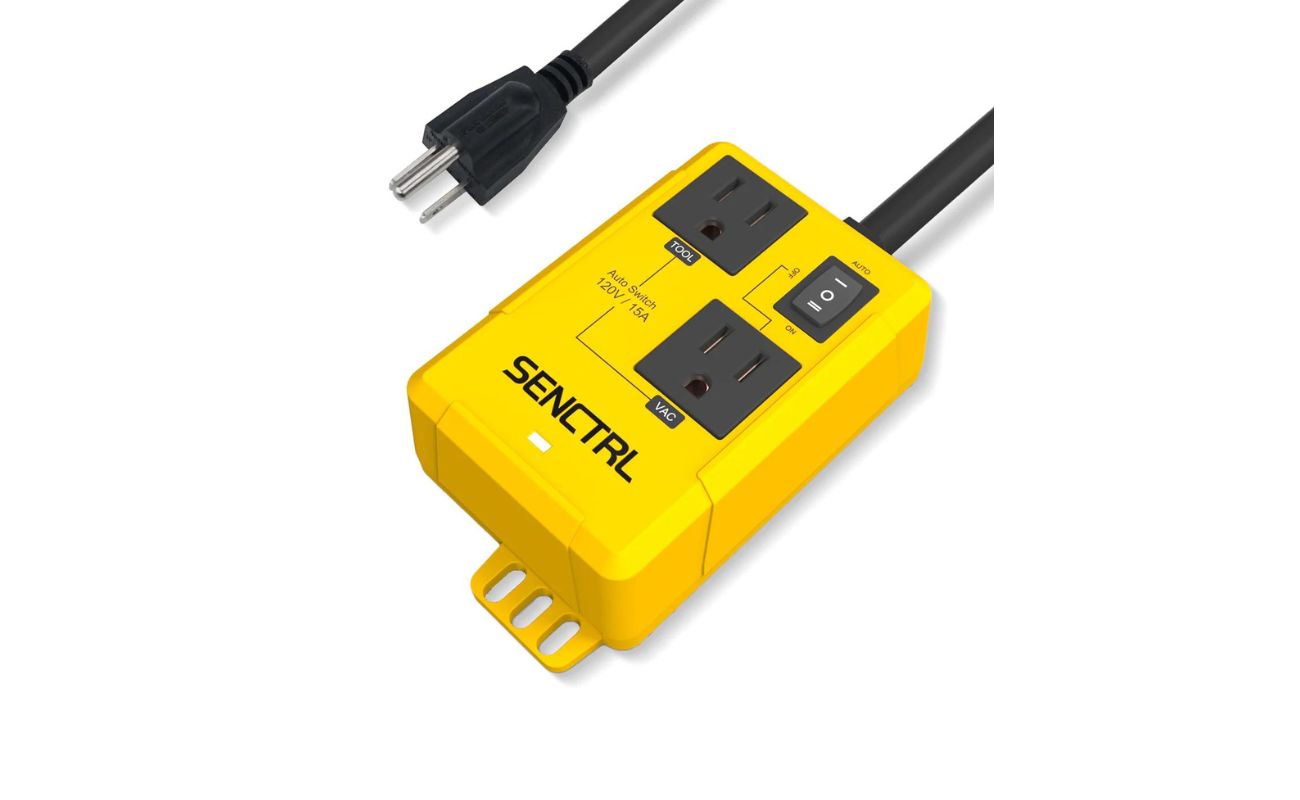
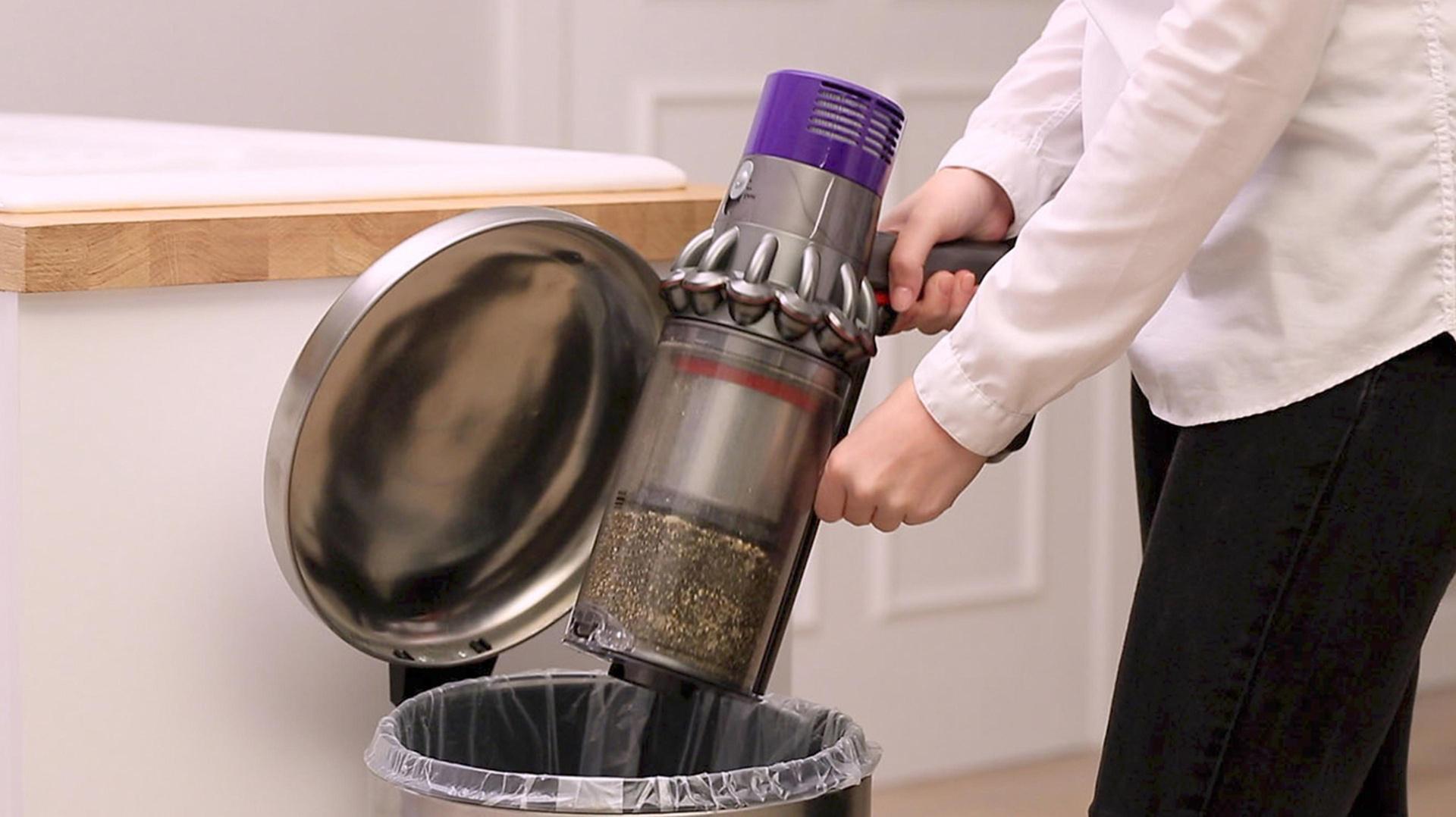
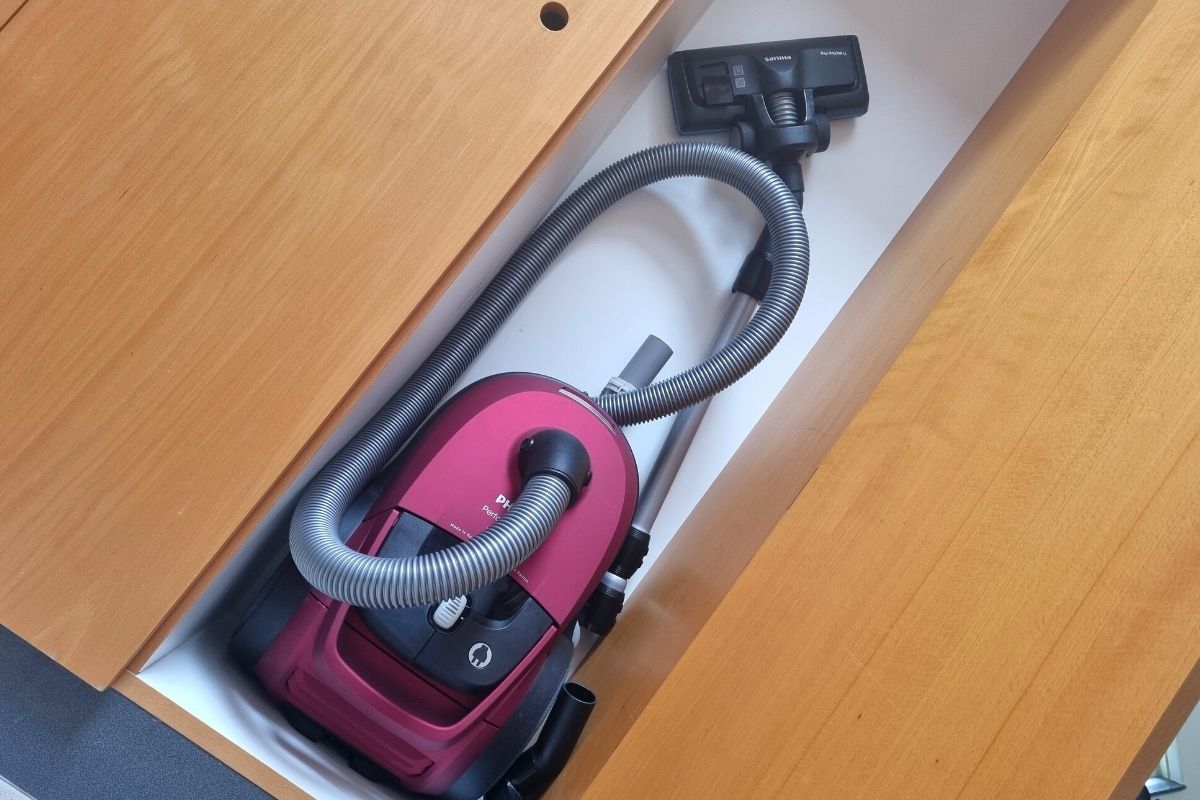
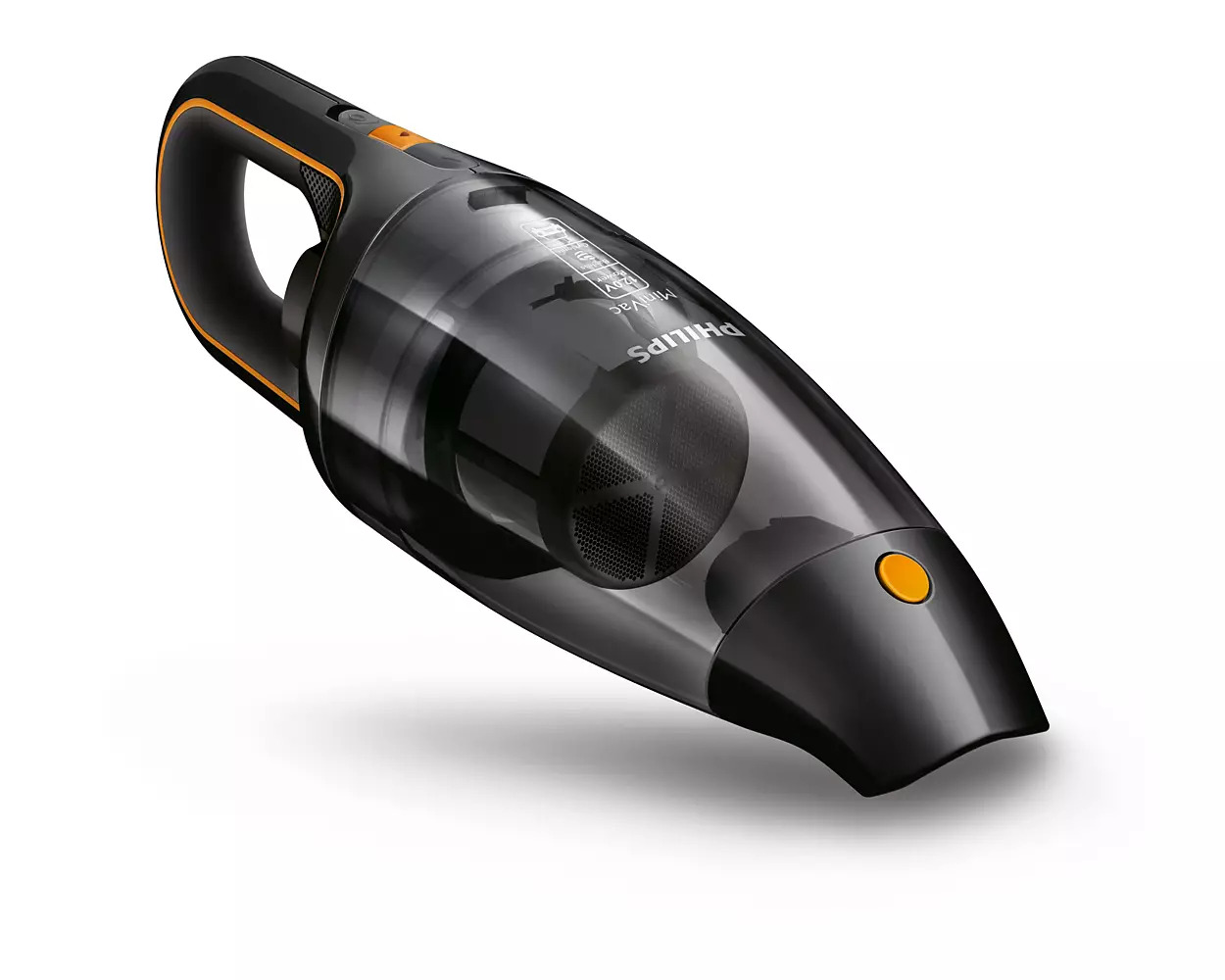
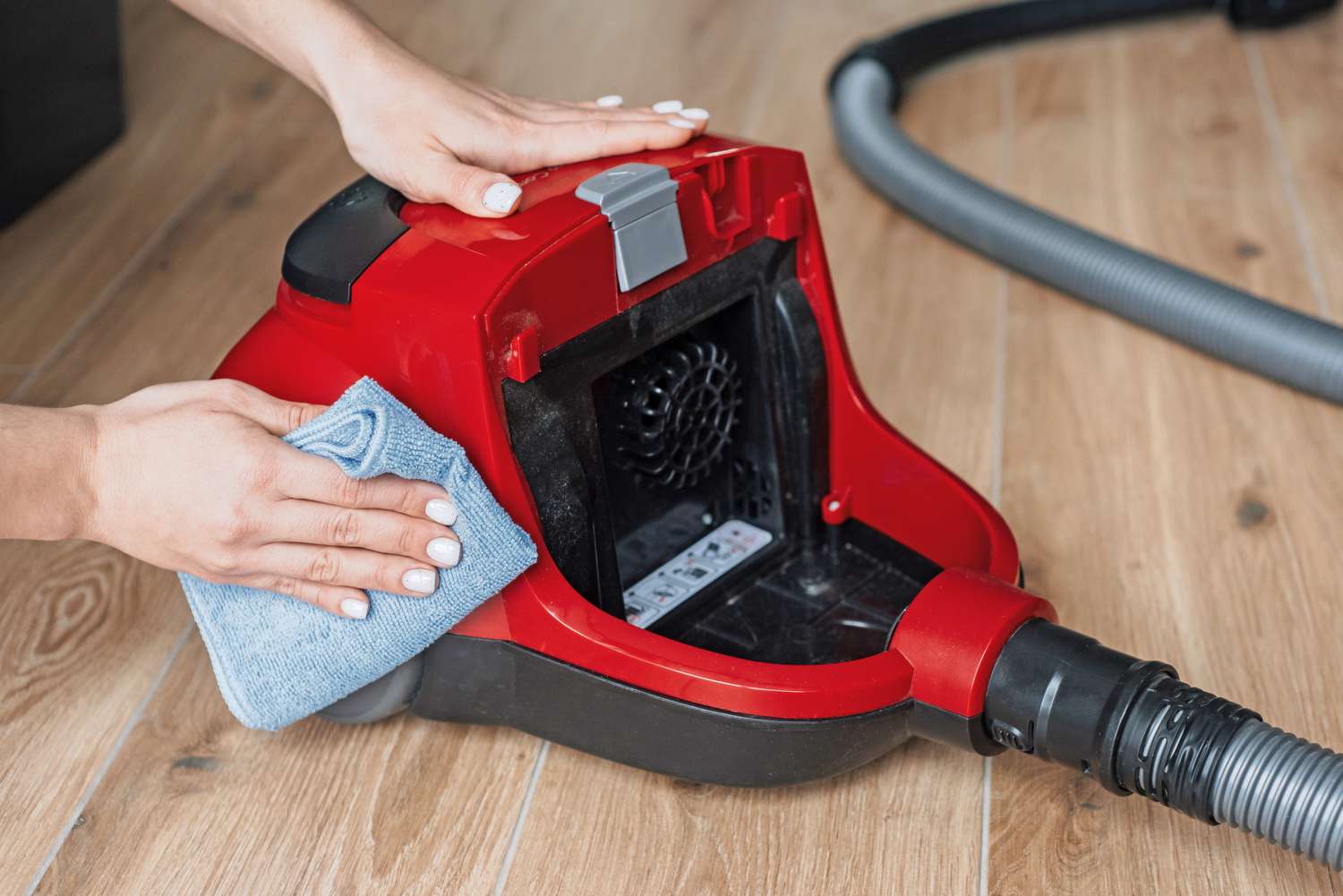
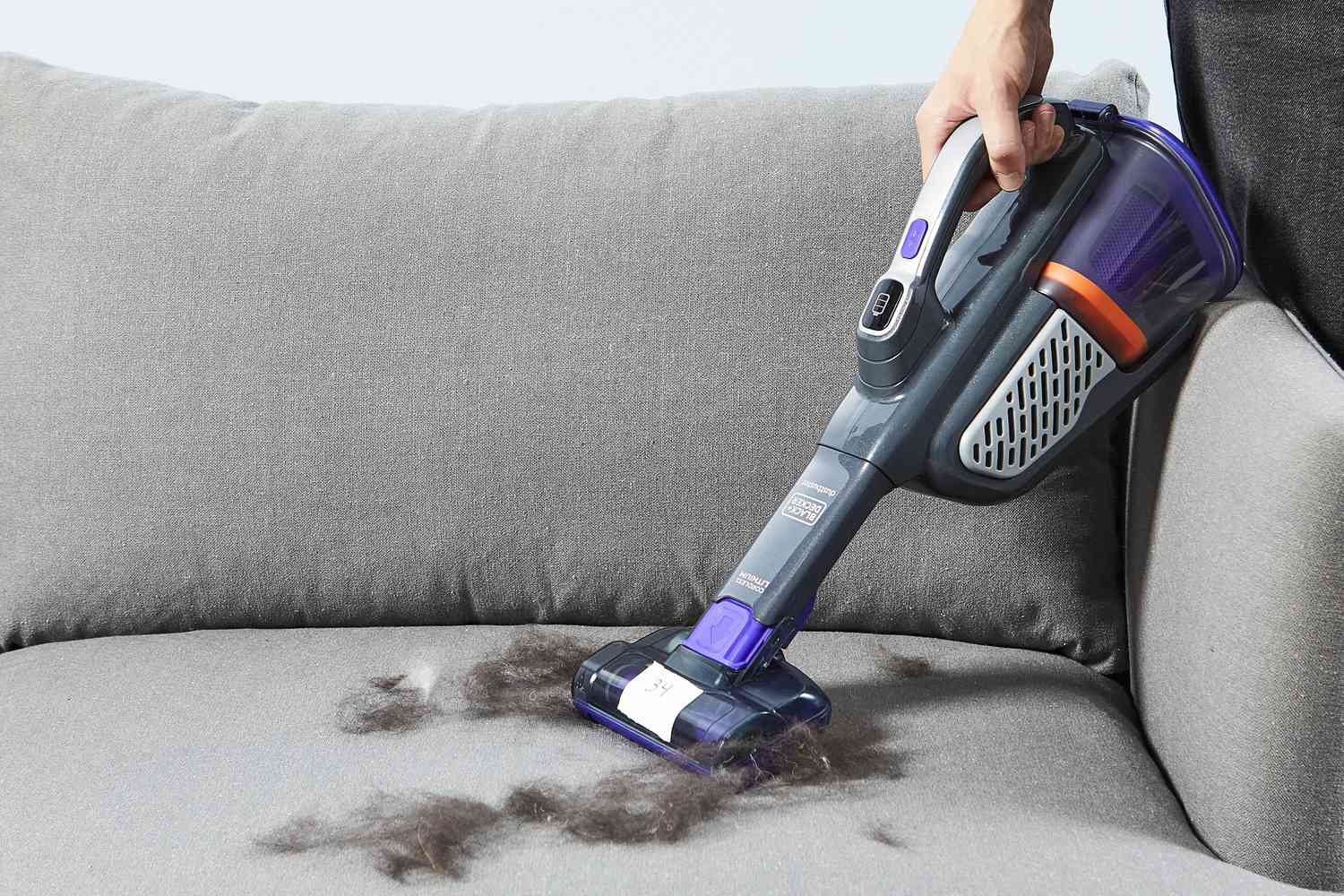
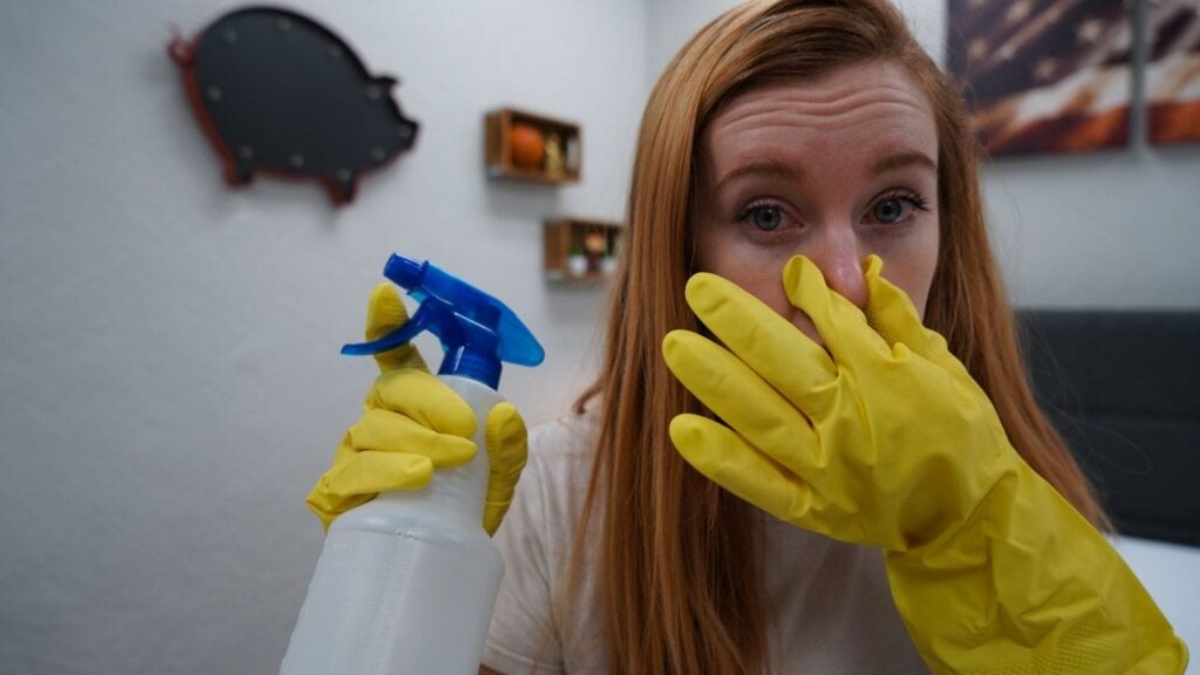
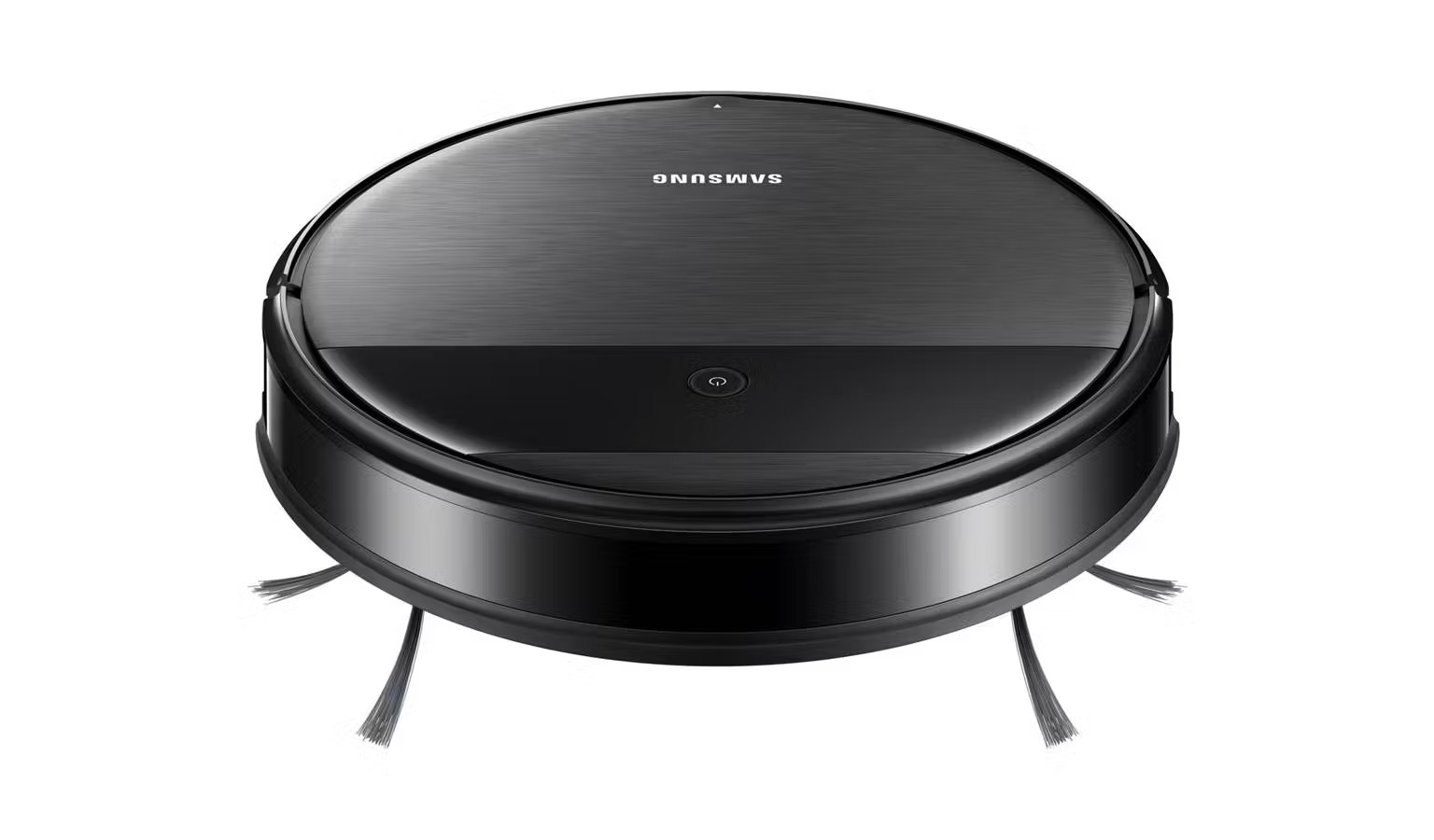
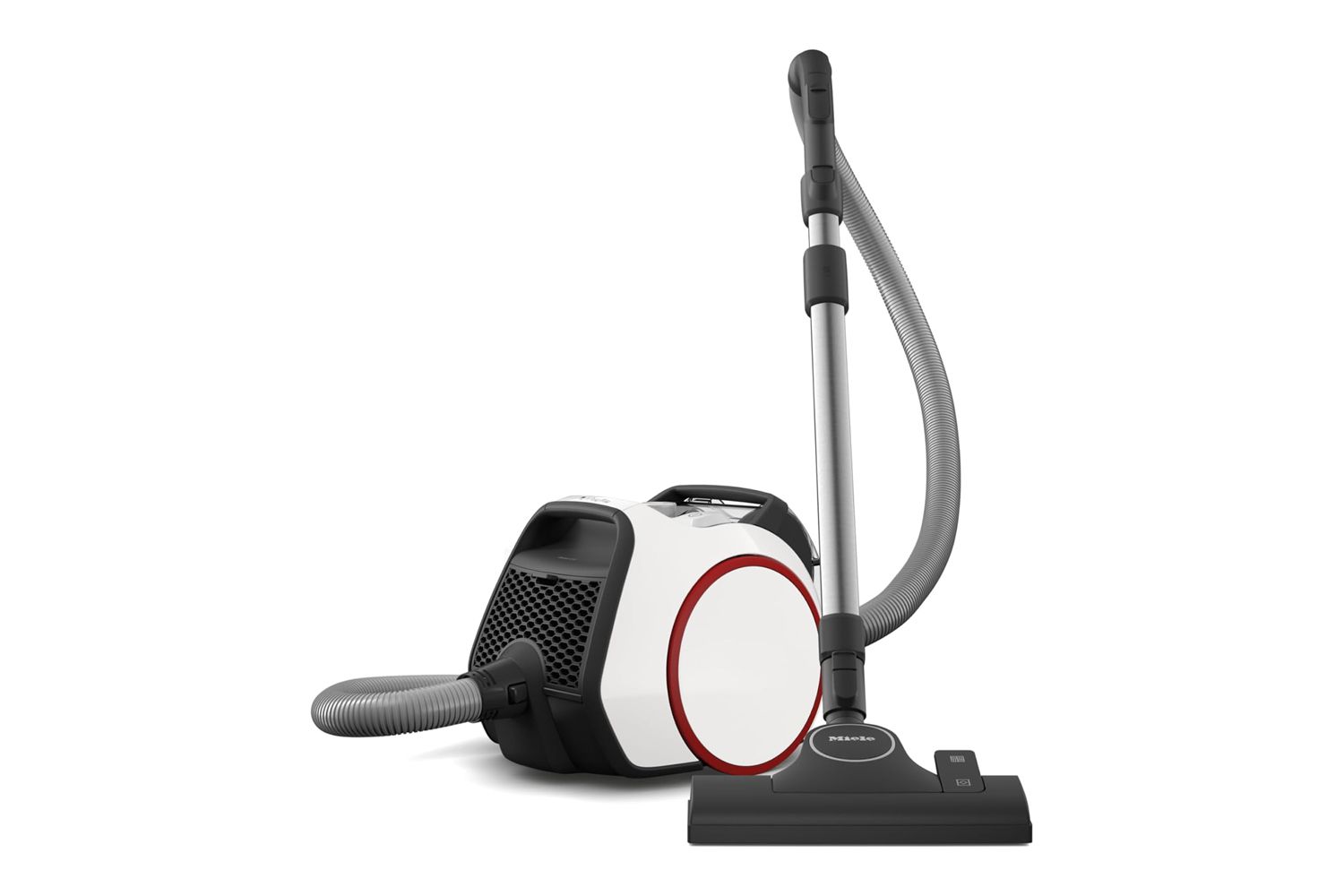

0 thoughts on “How To Throw Out A Vacuum Cleaner In NYC”